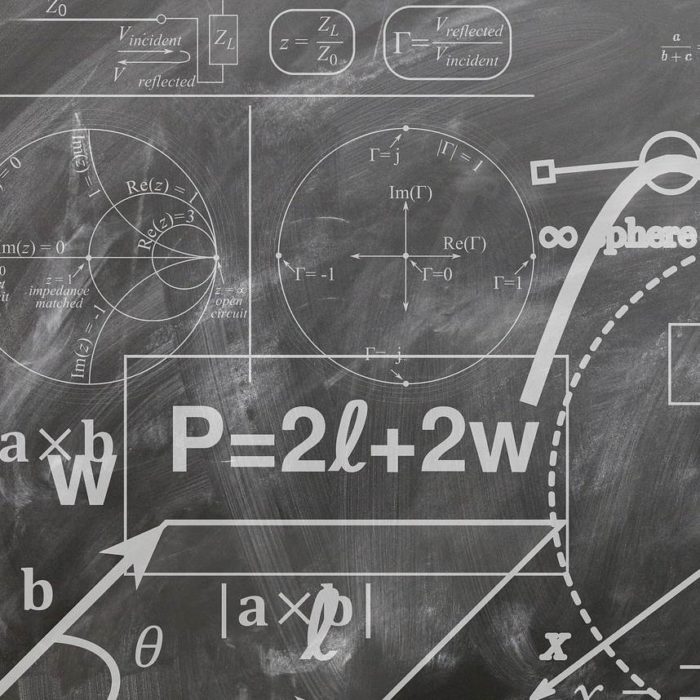The order you do things in matters.
Please Remember:
The opinions expressed are mine only. These opinions do not necessarily reflect anybody else’s opinions. I do not own, operate, manage, or represent any band, venue, or company that I talk about, unless explicitly noted.

 Want to use this image for something else? Great! Click it for the link to a high-res or resolution-independent version. Original photo is a CC0 found at Pixabay: https://pixabay.com/en/geometry-mathematics-cube-1922743/
Want to use this image for something else? Great! Click it for the link to a high-res or resolution-independent version. Original photo is a CC0 found at Pixabay: https://pixabay.com/en/geometry-mathematics-cube-1922743/I’m a longtime fan of Schlock Mercenary, a comic about a spaceborne military unit for hire. One of the features of the story is The Seventy Maxims of Maximally Effective Mercenaries, a collection of proverbs regarding mercenary life.
A funny thing that I noticed was how you can apply those proverbs to the live music world as well.
Thus, I am today embarking on a series that looks at how some of the Maxims relate to being an effective audio human. I’m not sure exactly how long the series will run, or if it will be “on again, off again.” We’ll all have to find that out together. It’s an adventure! You like adventures, right?
Pillage, Then Burn
When working on shows, I’ve noticed that taking actions out of an established order can cause problems:
“Hey…why isn’t [this or that] working? Where’d [this or that] go?”
It’s all because workflow has a real impact on getting things done quickly and effectively. When you’re running on a tight workflow, one that’s well-defined, “ticking all the boxes” is much easier because you don’t have to stop to think about which boxes have full or partial checkmarks in them. You don’t complicate the work by having to keep in mind the organization of the work. Things are much less likely to be forgotten.
Now, the point here is not that any particular kind of work organization is the right one. For instance, I like to wrangle tasks in blocks when I can – get all the power sources and drops figured out, then place everything, then plug everything into a power supply, then run signal, etc. You might prefer a one unit at a time approach. Either way works. The key is trying not to have something interrupted midstream, like getting halfway done with plugging power and then running off to manage a signal run to FOH. An hour later, you’re wondering why half your powered wedges don’t work – and then you realize that they never got electricity connected.
The above is a “macro scale” application. Another way in which order of operations matters is accessibility for connection and configuration, which is a “micro scale” consideration. Through long experience, I’ve learned that sometimes you DON’T want to lift or hoist everything to its final trim height at the same time. Running signal between loudspeakers or light trees? Connect the power and input signal, and ALSO connect the output signal drop. Don’t complete the output run – just get a pigtail ready that will be easily accessible once its source connection is in the sky. Check all your switches, and flip the power on if that would be hard to do later. Then, lift whatever you’ve just been fiddling with to its working height. Do any final cable dressing for that piece of the system.
What you end up with is a piece of your setup that’s in the air, with everything pertaining to it connected so that you don’t have to try to work on it while it’s out of reach. With an output drop connected and dressed, you also know whether you’ll need to extend the drop (or not) to have enough allowance of slack for lifting the next piece.
Getting this wrong means dropping hangs/ lifts back in to work on things, or trying to find a ladder, chair, or stepstool at an inconvenient moment. (Ask me how I know this…)
Doing the work in the right order is important at all scales. It helps ensure success by way of The Law Of Conservation Of Effort: You get to put almost all your effort into doing the work, and very little has to be expended on ad-hoc project management.